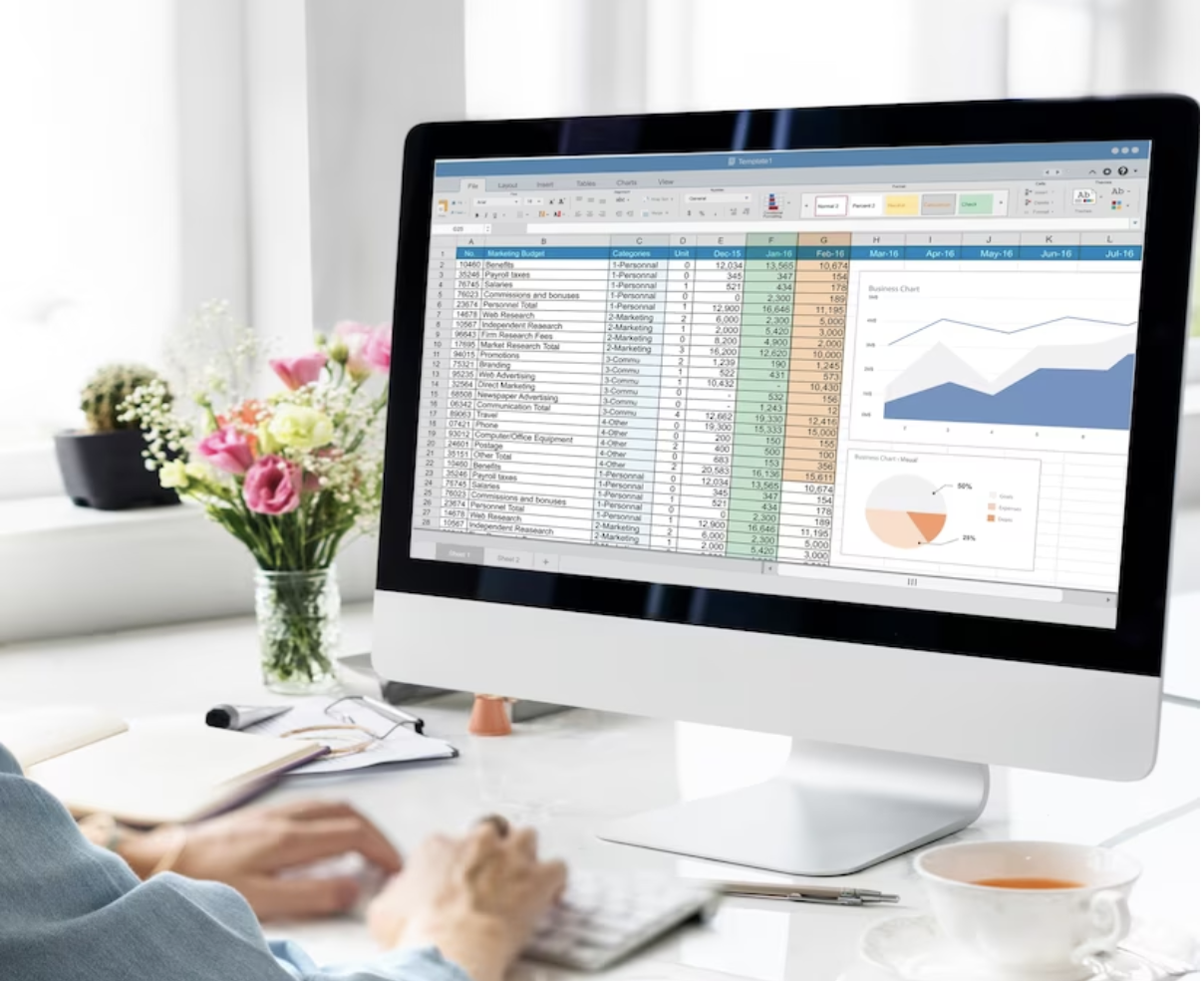Excel, a powerful spreadsheet program from Microsoft, has long been the go-to tool for budgeting and financial planning in both personal and professional settings. With its robust suite of features, it allows users to organize, track, and analyze their financial data efficiently.
It’s not just about inputting numbers into cells; Excel provides a variety of tools for budget forecasting, financial modeling, and data analysis, which can provide valuable insights into your financial health. Whether you’re planning a household budget, managing business finances, or simply wanting to gain a better understanding of your financial landscape, Excel’s dynamic capabilities make it an indispensable tool.
Excel’s Budgeting Tools Explored
Excel offers an array of budgeting tools, each uniquely designed to facilitate the management of financial data.
1. Predefined Templates: Excel offers predefined budgeting templates, including personal budget templates, business budget templates, and event budget templates, among others. These templates are designed to make the process of setting up a budget easier and more efficient. They come with pre-populated categories and formulas that can be customized to fit your specific needs.
2. Formula Functions: Excel includes a wide range of formula functions that can be used for budgeting. The SUM function can add up all your income or expenses, while the IF function can be used to create conditional formulas, and the PMT function can calculate loan payments.
3. Pivot Tables: Pivot tables in Excel allow you to summarize, analyze, and present your data. These are especially useful when dealing with large datasets, as they can quickly aggregate your data into a more manageable and understandable format.
4. Charts and Graphs: Visual representation of data can be useful when budgeting. Excel provides a variety of charting tools that can help visualize your income and expenses, making it easier to identify trends and make informed decisions.
5. Data Validation: Excel’s data validation feature ensures that only certain types of data can be entered into a cell. This can help prevent errors and inaccuracies in your budget.
By effectively utilizing these features, Excel can become a comprehensive solution for all your budgeting needs.
Using Excel for Business Financial Planning
Excel can be a robust tool that simplifies complex tasks and enhances efficiency for financial planning in businesses. Its formula-driven system allows for the creation of financial models that can predict future scenarios, helping you make informed decisions. By using Excel, you can easily perform net present value (NPV) and internal rate of return (IRR) calculations, which are critical in investment evaluations.
Importantly, you can create a bill format in Excel for recurring expenses, thereby streamlining accounts payable. This can be done by creating a template with specific columns for details like vendor name, description of services, invoice number, amount, and due date. Using conditional formatting, you can even set alerts for due dates to ensure payments are made timely.
Integration with other Microsoft products and various add-ins also extends Excel’s capabilities, making it an indispensable tool for business financial planning. Excel’s extensive capabilities mean that, with a little practice, you can create and manage a comprehensive financial plan that drives your business forward.
Data Analysis with Excel
Excel’s data analysis features extend far beyond simple arithmetic and statistical averages. With tools like Data Analysis ToolPak, users can perform complex statistical or engineering analyses directly, eliminating the need for laborious calculations. You can conduct regression analysis, variance analysis, correlation analysis, and more, all with a few clicks.
Another notable feature is Power Pivot. Power Pivot allows users to import millions of rows of data from various sources into a single Excel workbook. This tool can create more sophisticated data models that aren’t limited by the traditional constraints of Excel, making it particularly beneficial for in-depth financial analyses.
The What-If Analysis tool can be a game-changer for financial planning. This tool lets users test different values for formulas to examine various ‘what if’ scenarios. Such predictive modeling can provide valuable insights into the potential financial outcomes of different strategies.
Conditional Formatting is another Excel feature that enhances data analysis. It allows users to format cells or ranges based on the values they contain, making it easier to visually analyze and understand data trends.
In combination, these tools can provide comprehensive insights into financial health, enabling precision in planning and prediction. Excel’s robust data analysis capabilities, therefore, are not only potent but indispensable for any individuals or businesses seeking to streamline their financial processes and optimize their financial health.
Conclusion
In conclusion, Excel proves itself to be a versatile, powerful, and indispensable tool when it comes to budgeting and financial planning. It’s not just a spreadsheet program but a comprehensive platform that can guide both individuals and businesses toward financial health and stability. From simple budget templates to complex financial analyses, Excel’s capabilities are vast and varied.
Whether it be creating a personalized bill format in Excel, analyzing large data sets, or exploring ‘what-if’ scenarios, Excel offers a solution. Although it may seem intimidating initially, with practice and exploration, it becomes an incredible ally in managing and understanding your financial landscape. Excel is more than deserving of its place as a cornerstone in financial planning and analysis.

